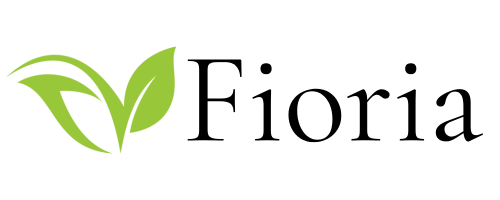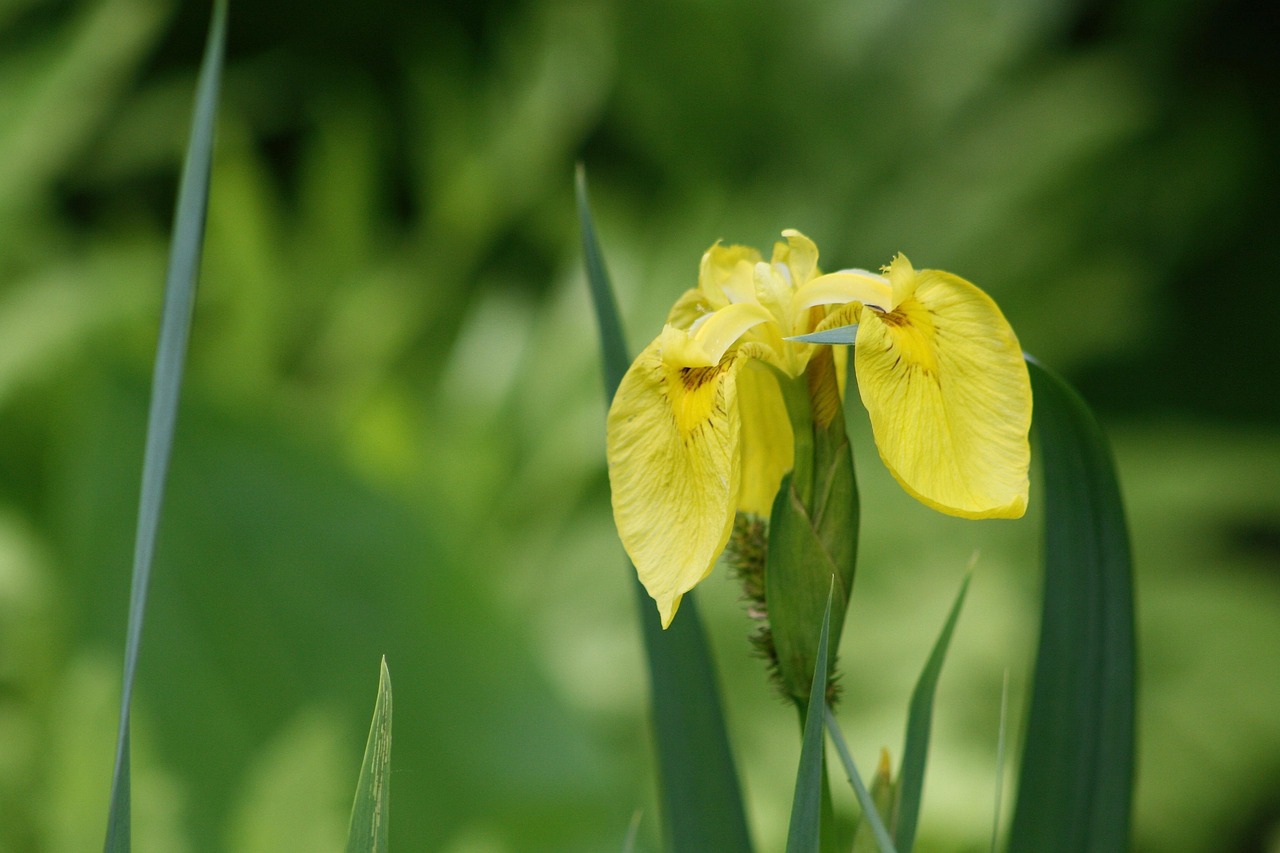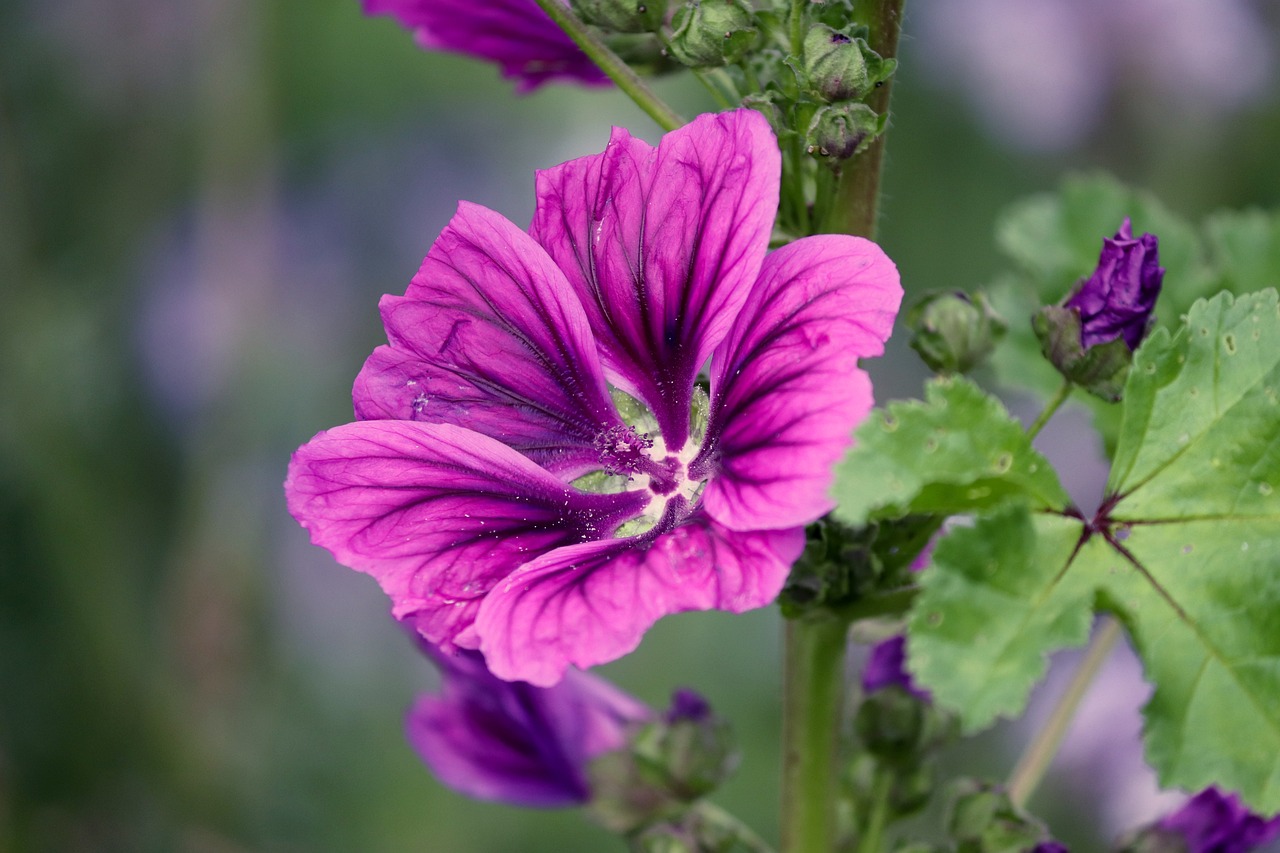Sweet Violet | A Flower of Love and Memory Blooming in Poetry Since Antiquity
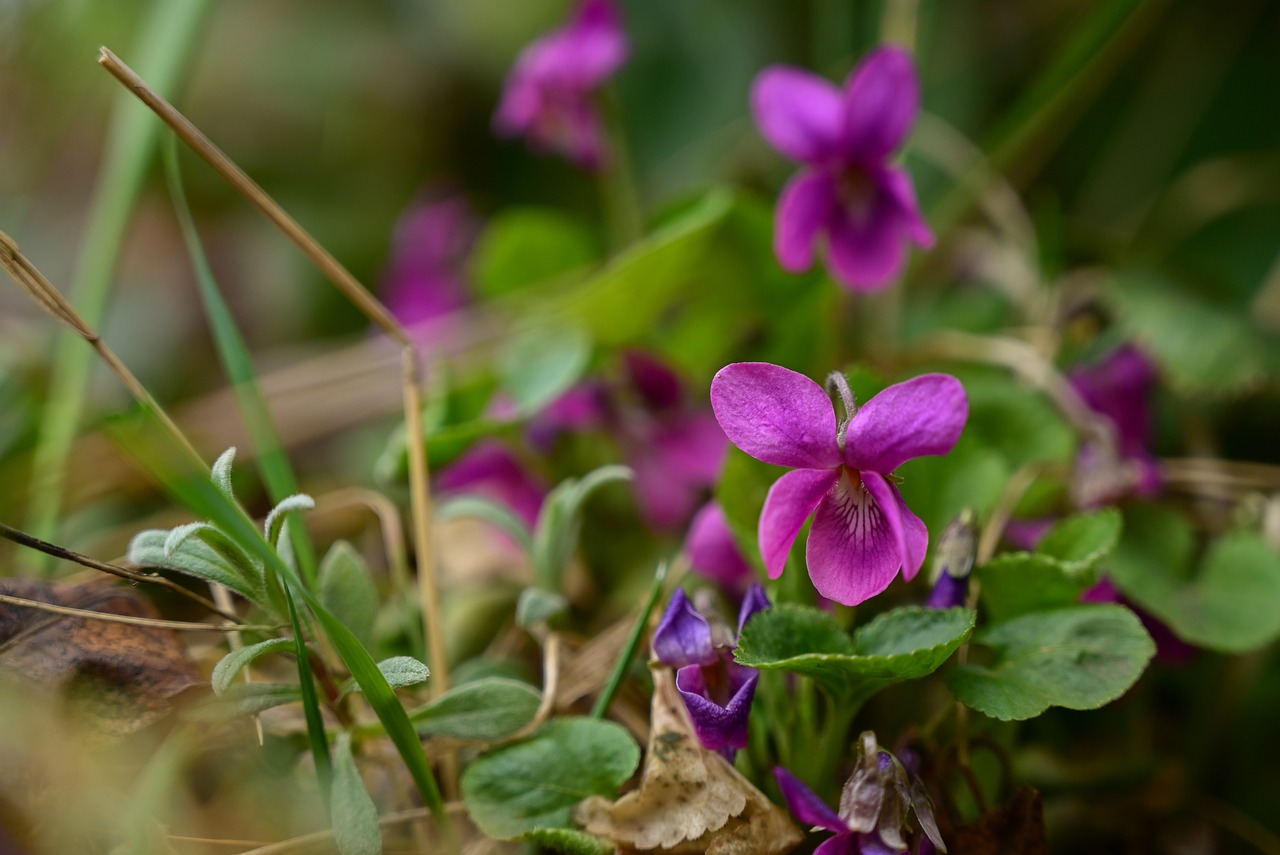
The sweet violet (Viola odorata) is a perennial plant that has been cherished since antiquity for its delicate fragrance and graceful appearance.
It has influenced literature, art, and garden culture, particularly in Europe, and its presence continues to be regarded as something special today.
In this article, I will introduce the basic information about sweet violets, their cultural significance around the world, their historical background, and practical advice on how to cultivate them.
Basic Information
- Scientific name: Viola odorata
- Family: Violaceae
- Origin: Western Europe to Western Asia
- Appearance: The plant grows low along the ground, with heart-shaped, soft-textured leaves. The flowers are small, about 2 cm in diameter, but highly fragrant, and come in shades of purple, white, and pink. Flower stalks emerge from between the leaves, producing charming blossoms that announce the arrival of spring.
- Blooming season: February to April
Cultural Significance Around the World
In France, the violet is especially associated with the Toulouse region, where it is cultivated and celebrated as the “Toulouse Violet.” Festivals dedicated to this flower highlight its role as a symbol of the city and part of its cultural heritage.
In England, during the Victorian era, sweet violets became very popular among women. They were widely used in perfumes and bouquets and symbolized purity and modesty. Poets and painters often chose violets as their subject.
In Germany and Austria, violets are known as symbols of spring’s arrival and are widely planted in gardens and public spaces.
In Southern Europe, there is a long-standing tradition of bringing the violet’s fragrance into homes, often in the form of potpourri and interior decoration.
Historical Episodes
In ancient Greece, violets were called “the flower of Athens” and were considered symbols of the city. According to Greek mythology, they were dedicated to the goddess Aphrodite and the nymphs. Athenians wore violet crowns during religious ceremonies and festivals.
In Roman times, it became customary to wear violet wreaths at banquets, adding beauty and fragrance to feasts. Violets were also planted in cemeteries, symbolizing mourning and rebirth.
During the Middle Ages, violets were cultivated in monastery herb gardens and frequently mentioned as spring flowers.
In the Renaissance, artists such as Botticelli were inspired by their charm, and violets appeared in many works of art.
By the 19th century, horticultural improvements had produced the diverse flower colors we see today.
Gardening Advice
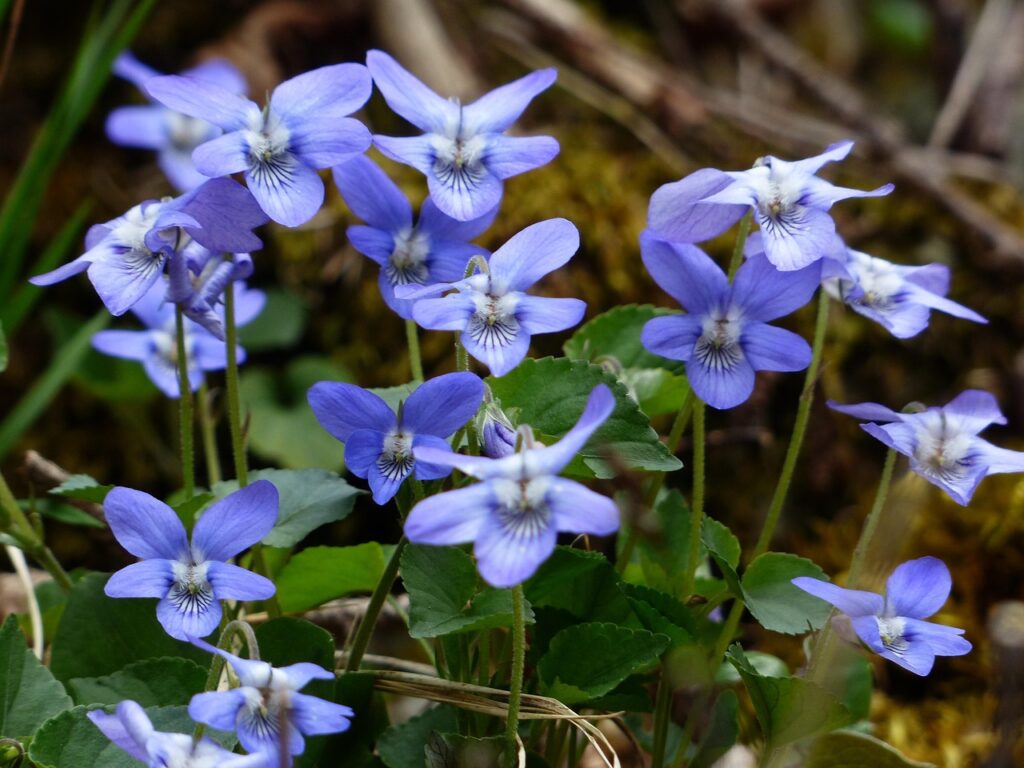
Sweet violets bring the charm of spring into the garden. When cultivating them, I recommend paying attention to the following points:
Light
They prefer partial shade, ideally where morning sunlight is available but afternoon shade protects the leaves. Prolonged direct sunlight may scorch them.
Watering
Water thoroughly when the soil surface dries out. In dry seasons, check the soil frequently, but avoid overwatering, which can cause root rot.
Soil
Well-drained but slightly moist soil is ideal. Mixing leaf mold or compost improves root growth.
Fertilizer
From spring to early summer, apply diluted liquid fertilizer every 2–3 weeks. Use it sparingly to avoid excessive leaf growth.
Pruning
Regularly remove spent flowers and damaged leaves to improve ventilation and encourage the next bloom.
Winter care
Although hardy, protect plants in cold regions with mulch around the base to prevent freezing. Potted plants should be moved to a sheltered area.
Conclusion
The sweet violet, with its sweet fragrance and modest beauty, has been deeply rooted in human culture from antiquity to the present.
It has been treasured as a symbol across Europe, appearing in gardens and works of art alike.
By providing an environment that suits its preference for partial shade and moisture, I can enjoy its pure blossoms with the coming of spring—a gift that enriches life with the beauty of seasonal change.
